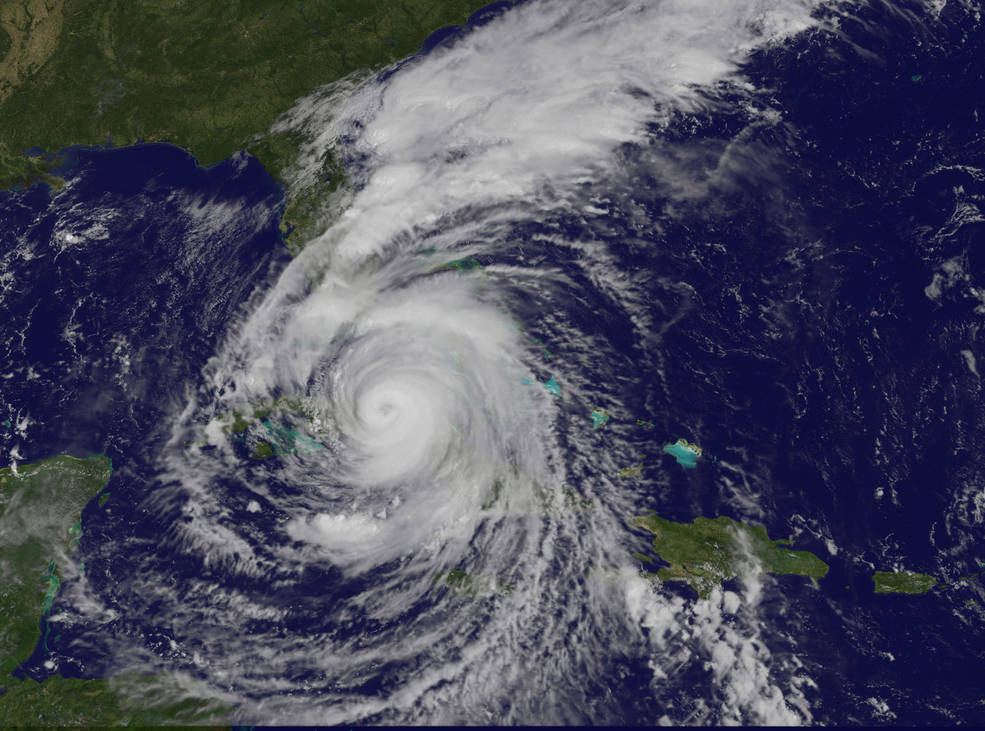FAU researcher says climate change may cause hurricanes’ increasing size
Professor Colin Polsky claims that while it hasn’t directly caused past hurricanes, it has led to their intensity.
October 2, 2017
Hurricane Harvey devastated the city of Houston and left more than half the city destroyed and almost all of it under water. And at the time, nobody expected a bigger catastrophe than Harvey — until Irma formed.
Hurricane Irma, which sustained 185 mph winds for more than 24 hours according to Vox News, broke a record length of time for a hurricane in the Atlantic.
University researcher, Colin Polsky, Ph.D., an expert in climate change, sea level rise, and environmental studies, said the warmer ocean waters and higher sea levels may be causing the storms’ size and intensity.
“Now hurricanes are forming over warmer water than they were 10 or 30 years ago, because of this the storm is going to have greater energy,” Polsky said.
After it hit land in Cuba, Irma weakened to a Category 3 Fox News said, but regained strength as it made its way to Florida as a Category 4. When Irma hit the Sunshine State, it caused at least 7.2 million to be without power, Florida Power and Light Co. said.
As for higher sea-levels, “we know that sea levels have risen in many oceans, when the ocean levels are higher, even if it’s just six inches that’s a whole lot of water that can then be pushed in by the storm,” Polsky said. This can create hurricanes that can cause large amounts of flooding.
Polsky says that Floridians especially need to be more cautious in upcoming hurricane seasons since Florida is a major part of the U.S that can be affected by these storms, especially with its coastal communities.
Nicole Pujazon is a contributing writer with the University Press. For information regarding this or other stories, email npujazon2014@fau.edu or tweet her @NicolePujazon.







